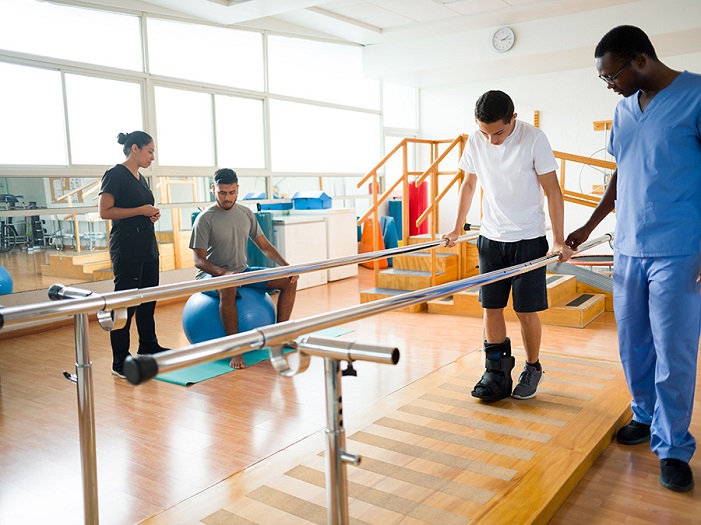How to Become a Physical Therapist: My Step-by-Step Guide to Your Dream Career

If you’re passionate about helping people recover, regain mobility, and improve their quality of life, becoming a physical therapist might be the perfect career for you.
I’ve been through this journey, and I’m here to break it down step by step so you can confidently embark on this rewarding path.
Why I Chose to Become a Physical Therapist

Before diving into the steps, let me share a bit about why I pursued this profession. Physical therapy combines my love for science, movement, and connecting with people. Witnessing patients achieve milestones, no matter how small, is one of the most fulfilling experiences I’ve ever had.
Step 1: Understand What a Physical Therapist Does
A physical therapist (PT) helps patients recover from injuries, manage chronic pain, and improve physical function. Our work includes:
- Designing personalized treatment plans.
- Guiding patients through exercises.
- Using manual therapy techniques.
- Collaborating with other healthcare professionals.
If this sounds exciting to you, let’s move on to the qualifications!
Step 2: Earn a Bachelor’s Degree
The first academic step is completing a bachelor’s degree. Most PT programs require prerequisites in:
- Biology
- Anatomy and Physiology
- Physics
- Chemistry
- Psychology
Tip: Choose a degree that covers these courses, such as kinesiology or health sciences, to save time later.
Step 3: Gain Experience in the Field
Before applying to physical therapy school, it’s essential to gain hands-on experience. Volunteer or work as a physical therapy aide in clinics, hospitals, or rehabilitation centers.
This was a game-changer for me because it gave me insight into the profession and strengthened my application.
Step 4: Apply to a Doctor of Physical Therapy (DPT) Program
Here’s where the real challenge begins. DPT programs typically last three years and cover in-depth coursework like:
- Musculoskeletal anatomy
- Neuroanatomy
- Rehabilitation techniques
You’ll also complete clinical rotations to apply your knowledge in real-world settings.
Pro Tip: Research programs that align with your goals and values. Some schools emphasize sports rehab, while others focus on geriatrics or pediatrics.
Step 5: Pass the Licensure Exam
After graduating with your DPT, you’ll need to pass the National Physical Therapy Examination (NPTE) to become a licensed PT. It’s rigorous, but with thorough preparation, it’s completely doable.
Step 6: Choose Your Specialty (Optional)
While it’s not mandatory, specializing can open doors to niche areas. Popular specialties include:
- Orthopedics
- Sports Therapy
- Neurology
- Pediatrics
I chose orthopedics because I enjoy helping patients recover from injuries and surgeries, but the choice is yours!
Step 7: Start Your Career as a Physical Therapist
Once licensed, you can start working in a variety of settings:
- Hospitals
- Outpatient clinics
- Sports facilities
- Schools
The opportunities are endless, and you can even branch out into teaching, research, or opening your own practice.
How to Make Cold Foam at Home: My Foolproof Method for Perfect Creamy Toppings
Final Thoughts
Becoming a physical therapist requires dedication, but it’s a journey worth taking if you’re passionate about helping others. From the science-heavy coursework to the emotional rewards of seeing patients thrive, every step is an investment in a meaningful career.
If you’re considering this path, I’d love to hear your thoughts or questions—let’s connect!





